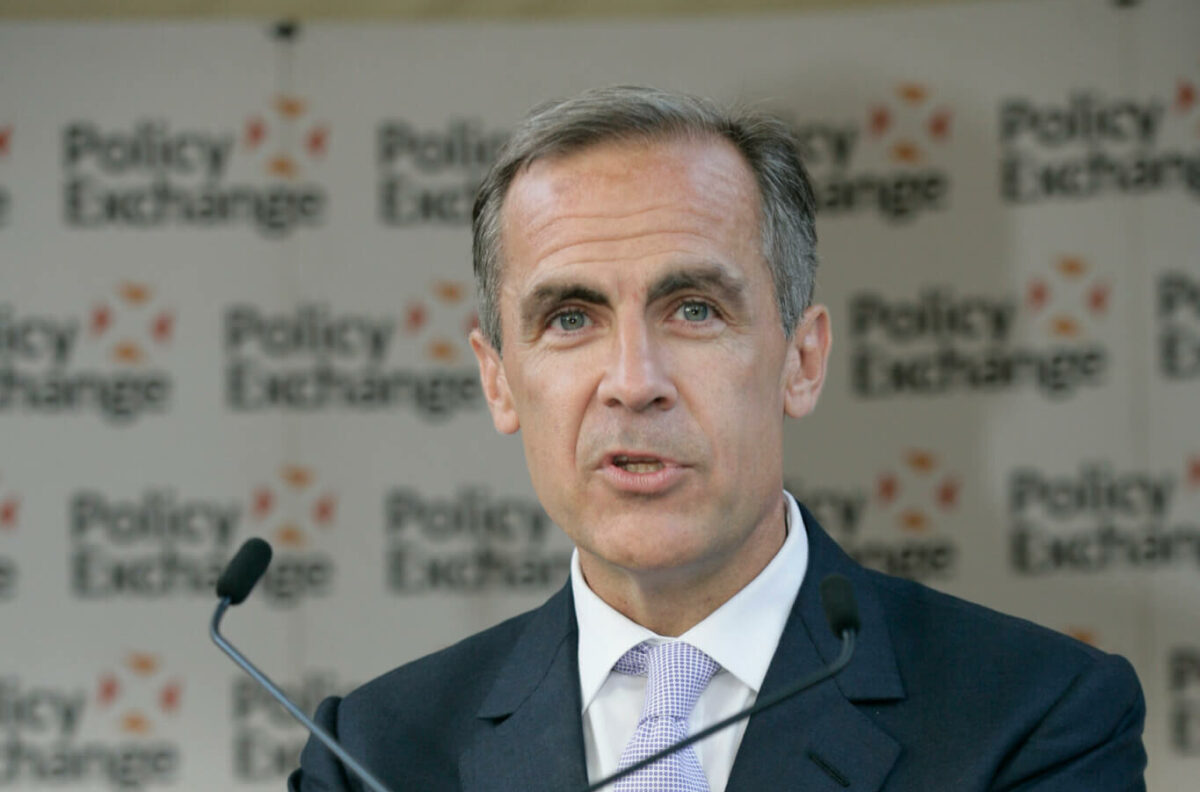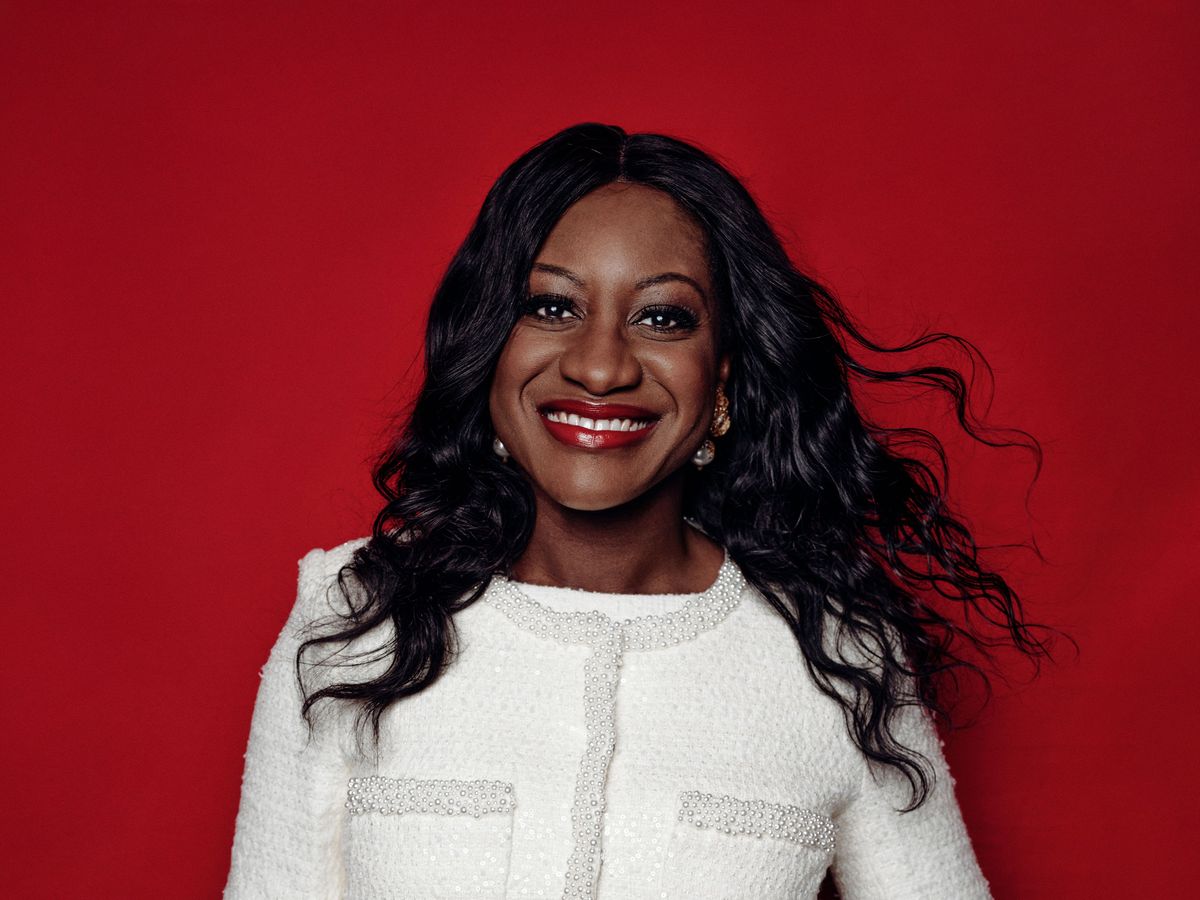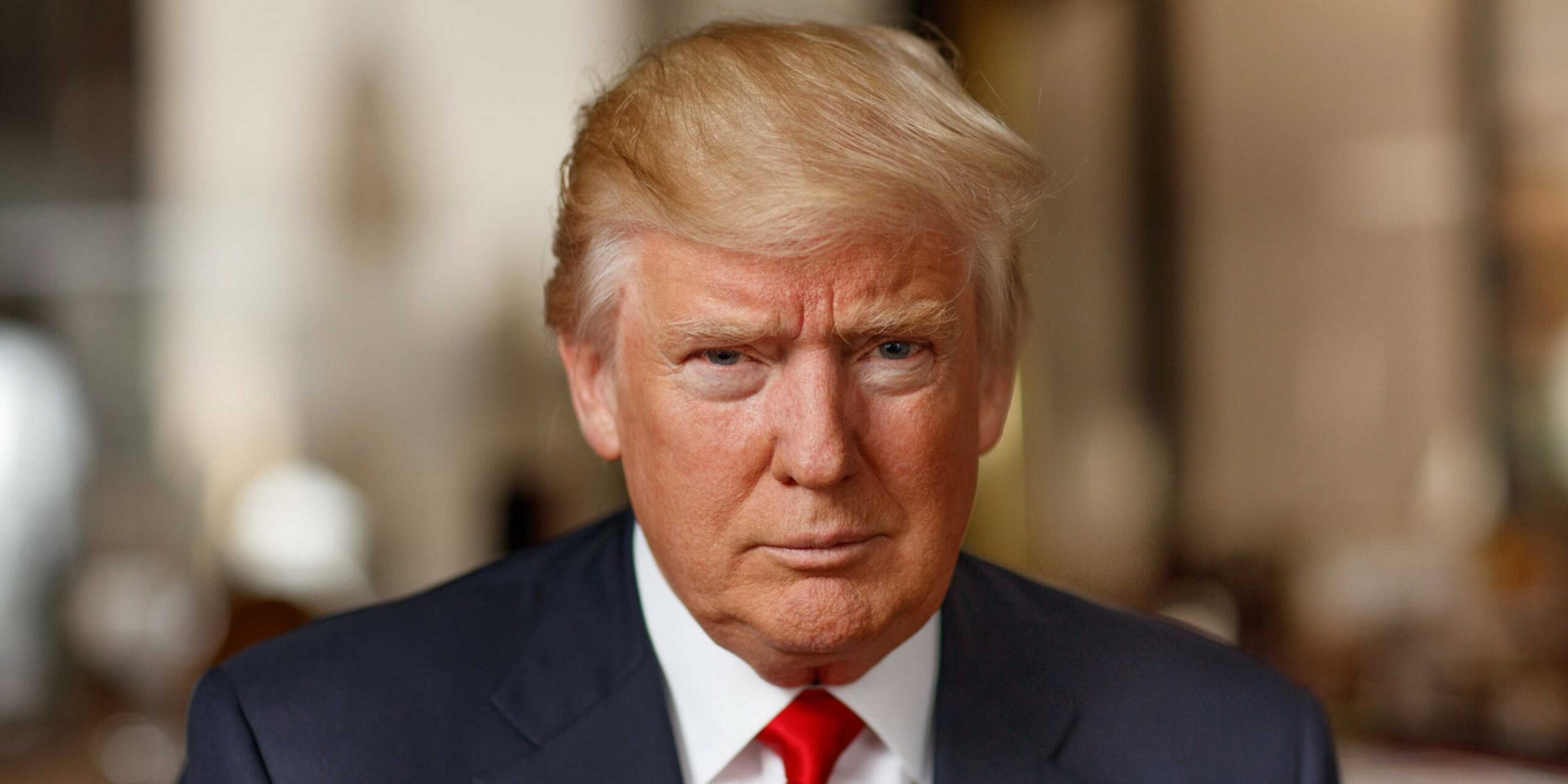Can Mark Carney’s bold plan to double Canada’s exports and cut spending really transform the economy?

Canada Prime Minister Mark Carney. Image Source: College Green Group
Prime Minister Mark Carney delivered a powerful live address at the University of Ottawa, outlining his government’s blueprint for Canada’s 2025 federal budget.
The plan, he said, will demand “sacrifice and patience” as the country prepares to transform its economy through deep structural reforms and trade diversification.
Speaking to students and young Liberal staffers, Carney framed the looming spending cuts not as austerity, but as “responsible choices” to secure long-term prosperity. His speech, broadcast nationwide, set the tone for what analysts predict will be one of the most consequential budgets in decades.
A New Economic Era: Doubling Exports Beyond the U.S.
Carney’s central pledge was to double Canada’s non-U.S. exports within a decade, generating over $300 billion in new trade.
This shift reflects growing concern over U.S. protectionism under President Donald Trump, whose administration has revived tariffs reminiscent of the Great Depression era.
“Our goal for Canada is to double our non-U.S. exports over the next decade. We used to build things in this country. We can build again,” Carney declared, drawing applause from the crowd.
The government plans to diversify trade toward Europe, Asia, and Latin America, emphasizing manufacturing, green technology, and resource innovation as pillars of the new economic agenda.
Spending Cuts, Investment, and the “Buy Canadian” Policy
While promising major investment in climate technology, apprenticeships, and innovation, Carney confirmed that budget cuts are inevitable to fund these initiatives responsibly.
He said, “We will have to do less of some of the things we want to do so we can do more of what we must do.”
The upcoming budget will prioritize a Buy Canadian policy, supporting local industries like steel, aluminum, lumber, and clean tech, a move aimed at creating jobs and boosting self-sufficiency.
Carney reassured citizens that “essential social programs will be protected,” even as fiscal tightening begins.
READ ALSO
Sarkozy jailed: has a former French president finally been held accountable?
Deficit Concerns and Political Pushback
Economists expect the budget to carry significant deficits, potentially exceeding $70 billion, as the government invests heavily in long-term infrastructure and industry.
Carney, however, insisted Canada has the “fiscal capacity to act decisively.”
Opposition leader Pierre Poilievre responded sharply, warning that Carney’s “decade of deficit spending” has made food and housing less affordable. He urged the Prime Minister to cut taxes and cap the deficit under $42 billion.
Meanwhile, the Canadian Labour Congress cautioned against austerity measures that could harm working families, calling instead for higher corporate taxes to finance investments.
Climate Competitiveness and Immigration Reform
Carney’s budget preview included plans for a Climate Competitiveness Strategy, focused on measurable outcomes rather than lofty objectives.
He also revealed a new immigration framework that would better align population growth with Canada’s workforce capacity and infrastructure readiness.
These reforms aim to balance economic growth with sustainability, ensuring that Canada remains competitive on the global stage while maintaining social cohesion.
Balancing Vision with Realism
Carney’s pre-budget remarks reflect a mix of optimism and pragmatism, a call for national unity in the face of global uncertainty.
“Building a bigger, better Canada,” he said, “will take time, discipline, and belief in what we can achieve together.”
With Canada’s debt-to-GDP ratio rising and international markets watching closely, the 2025 budget could define not just Carney’s leadership , but the country’s economic future.
FAQ
1. What did Mark Carney announce in his pre-budget speech?
Mark Carney announced plans to double Canada’s non-U.S. exports within 10 years, introduce a Buy Canadian policy, and implement targeted spending cuts to fund long-term investments.
2. Why is Canada shifting focus away from the U.S. market?
Due to rising protectionism under U.S. President Donald Trump, Canada is diversifying trade toward Europe, Asia, and Latin America to reduce economic dependency on the U.S. market.
3. Will Mark Carney’s 2025 budget include spending cuts?
Yes. Carney emphasized that some sacrifices are necessary, meaning reduced spending in certain areas to prioritize innovation, climate initiatives, and industrial investment.
4. What is the “Buy Canadian” policy?
The policy aims to prioritize Canadian-made steel, aluminum, lumber, and technology for major public projects, strengthening domestic industries and job creation.
5. How large is Canada’s federal deficit expected to be in 2025?
Analysts project the deficit could exceed $70 billion, as the government invests in infrastructure and manufacturing to boost long-term growth.
6. How will the 2025 budget affect workers and families?
While Carney promises to protect social programs, labour unions warn against cuts to essential services, urging the government to instead tax corporations to fund investments.
7. What are economists saying about Canada’s fiscal health?
Experts caution that while a debt downgrade isn’t imminent, Canada’s AAA credit rating could be at risk if deficits continue to grow without clear returns on investment.
8. When will Mark Carney’s 2025 budget be released?
The federal budget is scheduled for November 4, 2025, when the full details of Carney’s economic plan will be unveiled.



